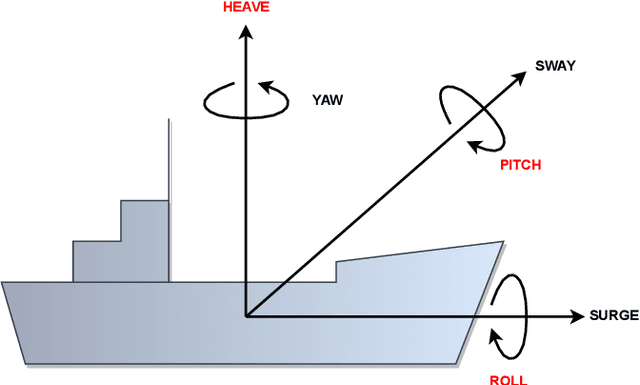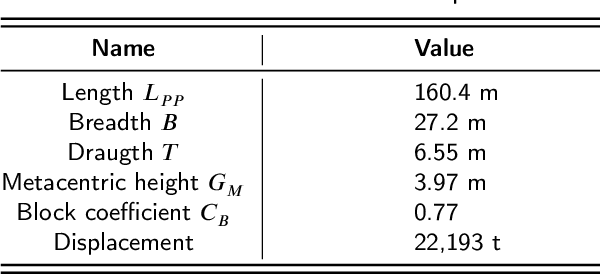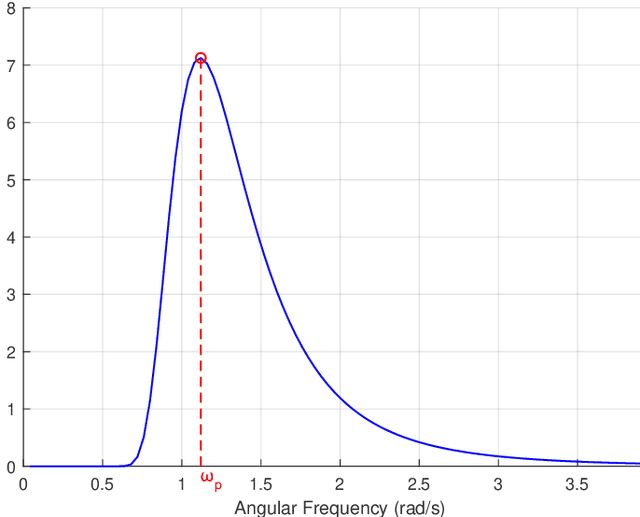Franko Hržić
Building RadiologyNET: Unsupervised annotation of a large-scale multimodal medical database
Jul 27, 2023Abstract:Background and objective: The usage of machine learning in medical diagnosis and treatment has witnessed significant growth in recent years through the development of computer-aided diagnosis systems that are often relying on annotated medical radiology images. However, the availability of large annotated image datasets remains a major obstacle since the process of annotation is time-consuming and costly. This paper explores how to automatically annotate a database of medical radiology images with regard to their semantic similarity. Material and methods: An automated, unsupervised approach is used to construct a large annotated dataset of medical radiology images originating from Clinical Hospital Centre Rijeka, Croatia, utilising multimodal sources, including images, DICOM metadata, and narrative diagnoses. Several appropriate feature extractors are tested for each of the data sources, and their utility is evaluated using k-means and k-medoids clustering on a representative data subset. Results: The optimal feature extractors are then integrated into a multimodal representation, which is then clustered to create an automated pipeline for labelling a precursor dataset of 1,337,926 medical images into 50 clusters of visually similar images. The quality of the clusters is assessed by examining their homogeneity and mutual information, taking into account the anatomical region and modality representation. Conclusion: The results suggest that fusing the embeddings of all three data sources together works best for the task of unsupervised clustering of large-scale medical data, resulting in the most concise clusters. Hence, this work is the first step towards building a much larger and more fine-grained annotated dataset of medical radiology images.
Estimation of Sea State Parameters from Ship Motion Responses Using Attention-based Neural Networks
Jan 21, 2023



Abstract:On-site estimation of sea state parameters is crucial for ship navigation systems' accuracy, stability, and efficiency. Extensive research has been conducted on model-based estimating methods utilizing only ship motion responses. Model-free approaches based on machine learning (ML) have recently gained popularity, and estimation from time-series of ship motion responses using deep learning (DL) methods has given promising results. Accordingly, in this study, we apply the novel, attention-based neural network (AT-NN) for estimating sea state parameters (wave height, zero-crossing period, and relative wave direction) from raw time-series data of ship pitch, heave, and roll motions. Despite using reduced input data, it has been successfully demonstrated that the proposed approaches by modified state-of-the-art techniques (based on convolutional neural networks (CNN) for regression, multivariate long short-term memory CNN, and sliding puzzle neural network) reduced estimation MSE by 23% and MAE by 16% compared to the original methods. Furthermore, the proposed technique based on AT-NN outperformed all tested methods (original and enhanced), reducing estimation MSE by up to 94% and MAE by up to 70%. Finally, we also proposed a novel approach for interpreting the uncertainty estimation of neural network outputs based on the Monte-Carlo dropout method to enhance the model's trustworthiness.
 Add to Chrome
Add to Chrome Add to Firefox
Add to Firefox Add to Edge
Add to Edge